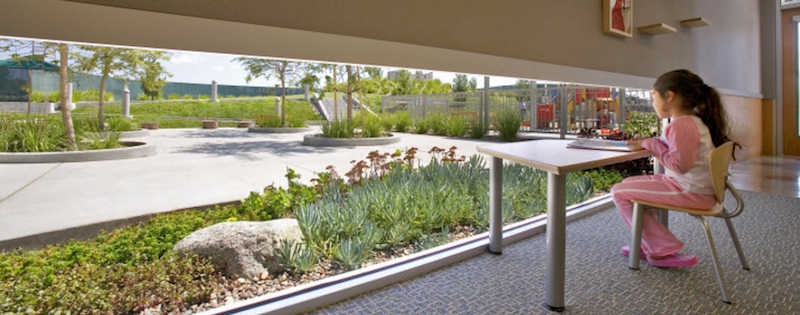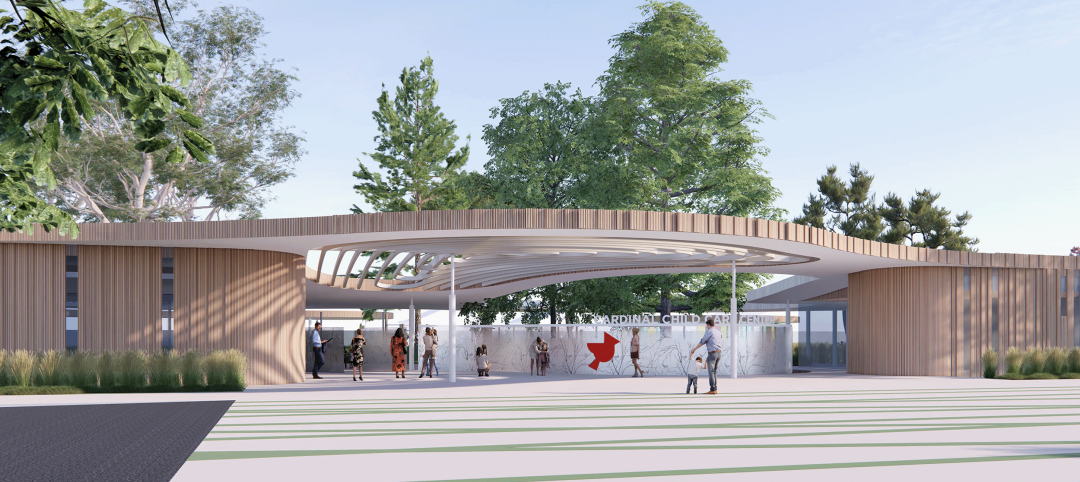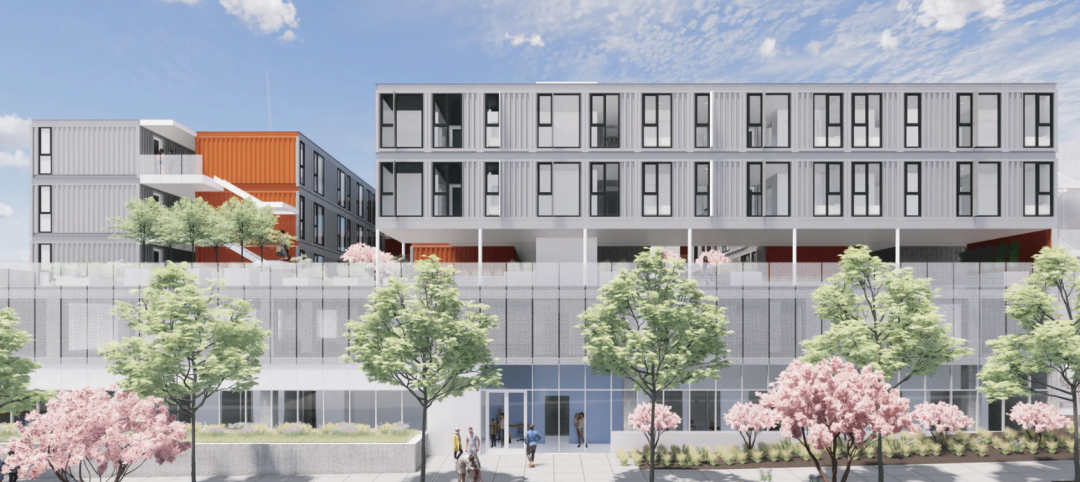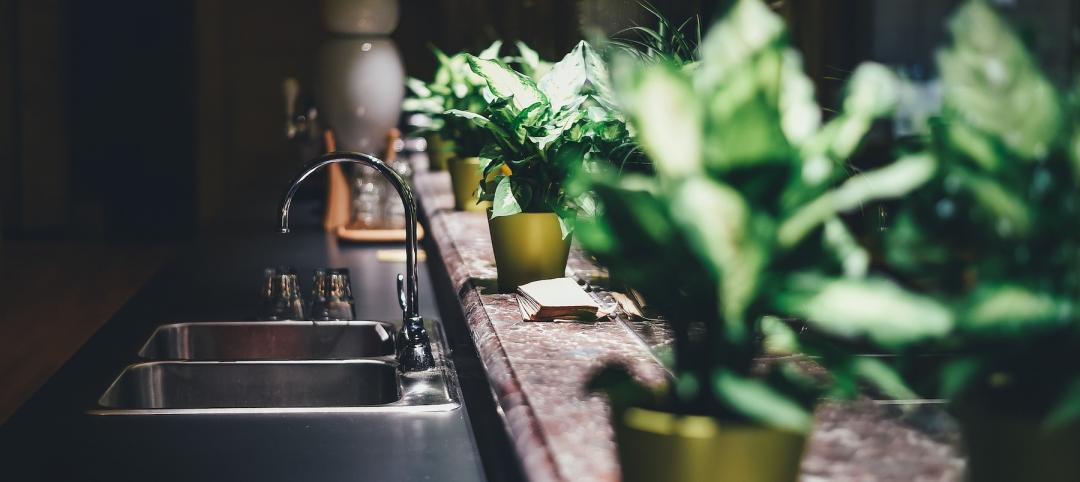When thinking back to our own elementary school days, most people would agree that recess was our favorite “subject.” Recess provided us a break from the confinement of the classroom, where we learned how to socialize with our peers in an unstructured manner. From that early age, we quickly discovered that spending time outside is important.
Promoting the development of the whole child in conjunction with classroom learning, Our integrated design process aims to provide design solutions that encompass the entire project site. Where interior and exterior spaces harmoniously provide a campus experience to challenge children in the classroom, while also providing opportunities for learning and play outside.
Programming Exterior Spaces
As with the programming of building spaces, our design team takes this same process outside and asks important questions. How many children does the playground need to support? What age levels intend to use the space? Will physical education activities take place outside or in a gym? Will only the school use a play field, or will the community also have access to it after school hours? Is there an opportunity for outdoor learning, outdoor classrooms, assembly spaces, or other areas where the children can create a bit of a mess? Each child utilizes their recess time differently; are we providing opportunities for quiet or more contemplative outdoor activities? For those hot days, have we created shaded play areas and easily accessible drinking fountains? We must keep in mind the goal of making the space usable under a variety of conditions for that specific environment.
Using the Gifts of the Site
Typical landscape design components for elementary schools include play equipment, hard courts, and a play field. To be more inclusive of individual child needs and offer our clients something a little different, we attempt to uncover if the site offers any distinguishing physical features that could bring unique value to recess or outdoor learning activities. An existing tree can provide a shaded seating area; the site’s grading can inspire certain organized activities and give each separate space its own home. Existing features such as native plants, intermittent streams, or geological features can be highlighted in a design and used as teaching moments for a variety of subjects.
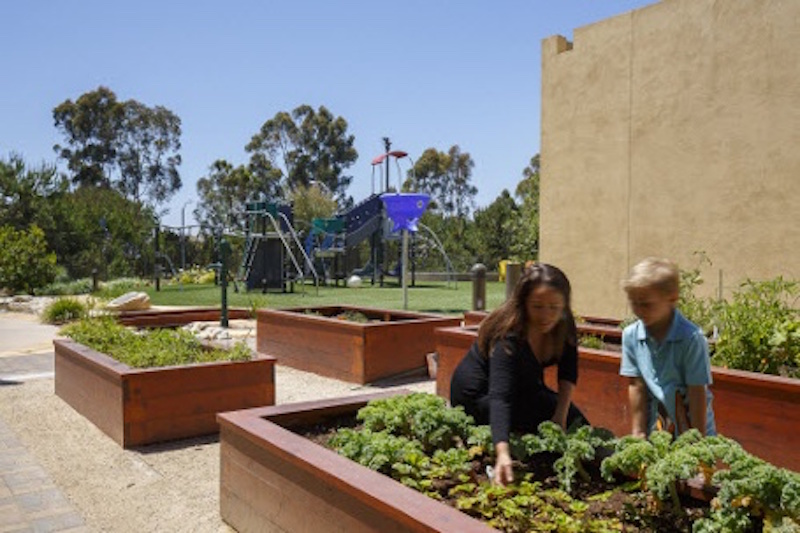
Outdoor Learning
Aside from use for play activities, exterior spaces can be programmed to enhance the school’s academic curriculum. Outdoor classrooms, greenhouses and growing beds, art tables, and teaching walls can all be incorporated into a project’s design. Taking the classroom outside provides opportunities that cannot be duplicated indoors. Teachers can conduct science experiments that allow the children to freely get messy, or perform science experiments on a larger scale. A blossoming tree or a butterfly gently floating over native plants in search of nectar can inspire creative arts projects.
The integrated design approach aims to construct distinctive exterior spaces for students for imaginative play, reflective contemplation, inspiration and thoughtful curriculum enhancement, while simultaneously factoring in operations issues and maintenance long after project completion.
When designing exterior educational environments, we incorporate the opinions and ideas of teachers and administrators to ensure that the spaces bring maximum value to the design project, and to further ensure that the users understand them and are committed to their long-term success.
More from Author
LPA | Aug 26, 2024
Windows in K-12 classrooms provide opportunities, not distractions
On a knee-jerk level, a window seems like a built-in distraction, guaranteed to promote wandering minds in any classroom or workspace. Yet, a steady stream of studies has found the opposite to be true.
LPA | May 13, 2024
S.M.A.R.T. campus combines 3 schools on one site
From the start of the design process for Santa Clara Unified School District’s new preK-12 campus, discussions moved beyond brick-and-mortar to focus on envisioning the future of education in Silicon Valley.
LPA | Mar 28, 2024
Workplace campus design philosophy: People are the new amenity
Nick Arambarri, AIA, LEED AP BD+C, NCARB, Director of Commercial, LPA, underscores the value of providing rich, human-focused environments for the return-to-office workforce.
LPA | Feb 8, 2024
LPA President Dan Heinfeld announced retirement
LPA Design Studios announced the upcoming retirement of longtime president Dan Heinfeld, who led the firm’s growth from a small, commercial development-focused architecture studio into a nation-leading integrated design practice setting new standards for performance and design excellence.
LPA | Mar 2, 2023
The next steps for a sustainable, decarbonized future
For building owners and developers, the push to net zero energy and carbon neutrality is no longer an academic discussion.
LPA | Dec 20, 2022
Designing an inspiring, net zero early childhood learning center
LPA's design for a new learning center in San Bernardino provides a model for a facility that prepares children for learning and supports the community.
LPA | Aug 22, 2022
Less bad is no longer good enough
As we enter the next phase of our fight against climate change, I am cautiously optimistic about our sustainable future and the design industry’s ability to affect what the American Institute of Architects (AIA) calls the biggest challenge of our generation.
LPA | Aug 9, 2022
Designing healthy learning environments
Studies confirm healthy environments can improve learning outcomes and student success.
LPA | Jul 6, 2022
The power of contextual housing development
Creating urban villages and vibrant communities starts with a better understanding of place, writes LPA's Matthew Porreca.
LPA | Mar 21, 2022
Finding the ROI for biophilic design
It takes more than big windows and a few plants to create an effective biophilic design.

